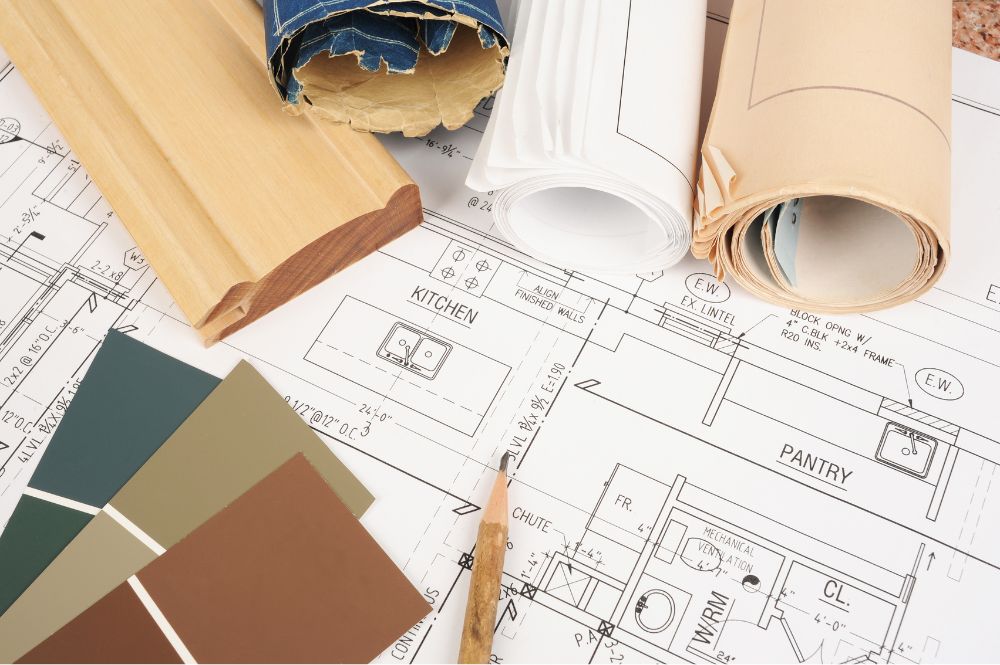
How to Fix a Slow-Draining Sink & Remove Clogs Like a Pro
Because watching water swirl slowly is frustrating.
A slow-draining sink is one of the most common plumbing headaches—but thankfully, it’s also one of the easiest problems to fix. Whether you’re dealing with a mild blockage or a stubborn clog, here’s how to clear your drain and restore fast water flow using manual tools and off-the-shelf solutions.
1. What Causes a Slow-Draining Sink?
Before diving into the fix, let’s break down the most likely culprits:
✔ Soap scum buildup – Over time, soap residue sticks to pipes, trapping other debris.
✔ Food scraps & grease – Kitchen sinks often clog from oil, fats, and leftover food.
✔ Hair accumulation – The biggest offender in bathroom drains!
✔ Mineral deposits – Hard water can leave behind minerals that constrict flow.
2. How to Fix a Slow-Draining Sink
🛠 Before you start, grab these tools:
- ✔ Plunger – Great for mild blockages
- ✔ Drain snake (manual or motorized) – Removes deep clogs
- ✔ Baking soda & vinegar – Natural solution for breaking down buildup
- ✔ Off-the-shelf drain cleaners – Chemical solutions for stubborn clogs
- ✔ Adjustable wrench & bucket – In case the P-trap needs cleaning
🚨 Extra Tip:
Start with the least invasive method first before resorting to chemicals or pipe disassembly.
Step 1: Try Hot Water First (Quick Fix)
Imagine washing greasy dishes with hot water—heat helps break down debris naturally.
- 🔹 Boil a pot of water, then slowly pour it down the drain.
- 🔹 Let it sit for a few minutes, then test the drain flow.
🚨 Bonus Tip:
If your pipes are PVC (plastic), don’t use boiling water—hot tap water is safer.
Step 2: Use a Plunger for Simple Clogs
Think of plunging a toilet—the suction helps loosen trapped debris.
- 🔹 Fill the sink with a few inches of warm water to create suction.
- 🔹 Place the plunger over the drain and pump it up and down forcefully.
- 🔹 Remove the plunger and check if the water flows faster.
🚨 Extra Tip:
For double sinks, block one drain with a wet cloth while plunging the other for better suction.
Step 3: Use Baking Soda & Vinegar (Eco-Friendly Fix)
Imagine science class volcano experiments—the reaction breaks down buildup naturally.
- 🔹 Pour ½ cup of baking soda into the drain.
- 🔹 Add 1 cup of vinegar and let it bubble for 15 minutes.
- 🔹 Flush with hot water to clear loosened debris.
🚨 Bonus Tip:
This method is safe for pipes but won’t work on deep clogs—try a drain snake if needed.
Step 4: Snake the Drain to Remove Stubborn Clogs
Think of a fishing rod pulling up debris—a drain snake grabs onto trapped materials.
- 🔹 Insert a manual drain snake into the drain and rotate while pushing downward.
- 🔹 When you feel resistance, pull the snake out—it may bring up hair, grease, or soap buildup.
- 🔹 Run hot water afterward to flush out loose debris.
🚨 Extra Tip:
Motorized drain snakes work faster but require careful handling to avoid pipe damage.
Step 5: Clean the P-Trap (If the Drain Is Still Slow)
Imagine clearing a blocked vacuum hose—sometimes debris gets trapped in the curve of the pipe.
- 🔹 Place a bucket under the P-trap (U-shaped pipe below the sink).
- 🔹 Unscrew the P-trap fittings using an adjustable wrench.
- 🔹 Remove trapped gunk, clean the pipe, and reattach it.
Step 6: Use Off-the-Shelf Chemical Drain Cleaners (As a Last Resort)
Think of chemicals that dissolve soap scum on shower walls. Chemical drain cleaners are similar in that they break down organic material inside pipes.
- 🔹 Follow instructions carefully when using store-bought drain cleaners.
- 🔹 Wear gloves and ventilate the room—some products contain strong chemicals.
- 🔹 Never mix different drain cleaners—it can cause harmful fumes.
🚨 Extra Warning:
Frequent use of chemical drain cleaners can damage pipes over time—use sparingly!
Final Thoughts
A slow-draining sink is frustrating, but fixing it doesn’t require a plumber—just the right techniques!
✔ Start with hot water for simple blockages
✔ Use a plunger or drain snake for physical removal
✔ Try baking soda & vinegar for an eco-friendly approach
✔ Clean the P-trap if needed
✔ Use chemical cleaners only as a last resort
By following this guide, you can keep your sinks draining fast and prevent future clogs—saving time, money, and headaches!
